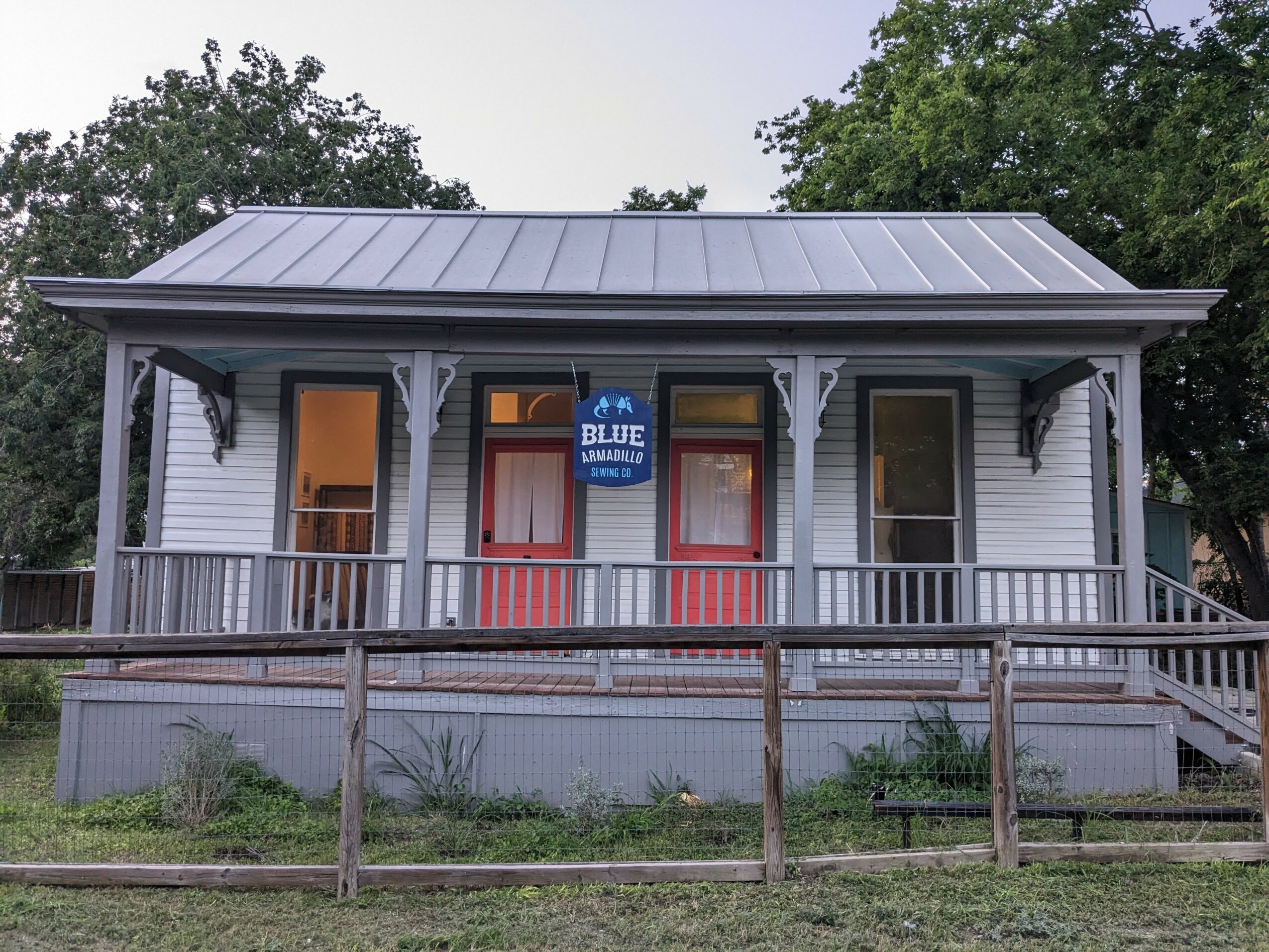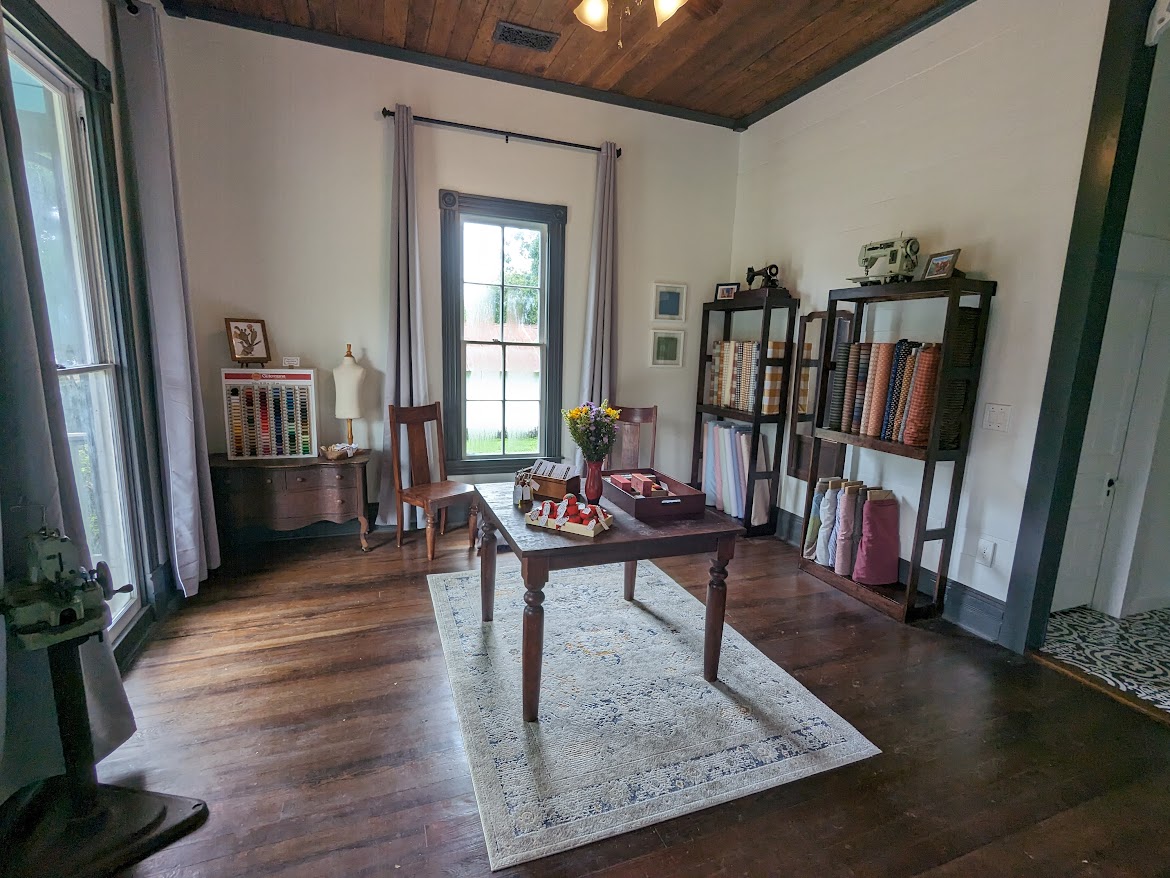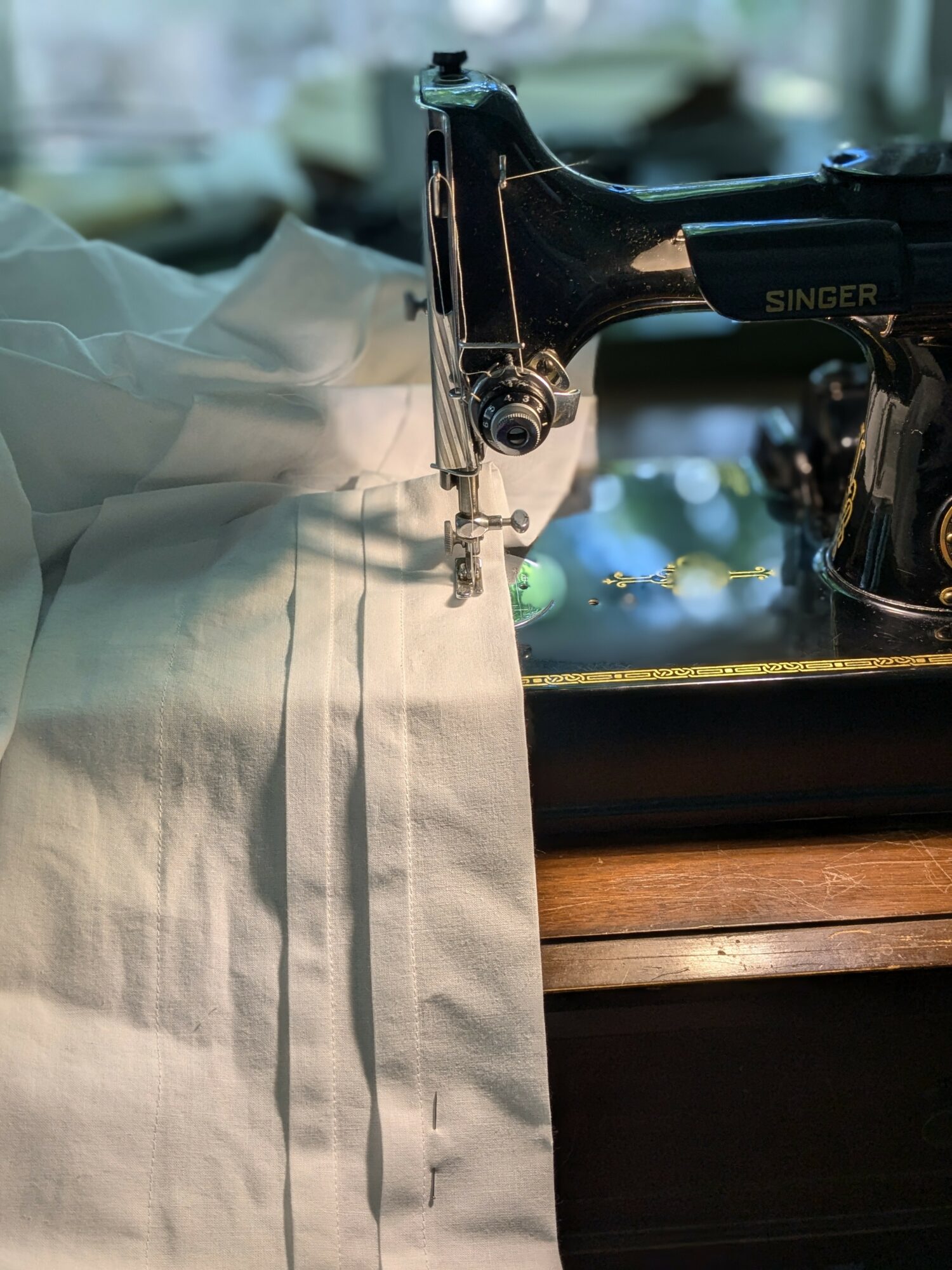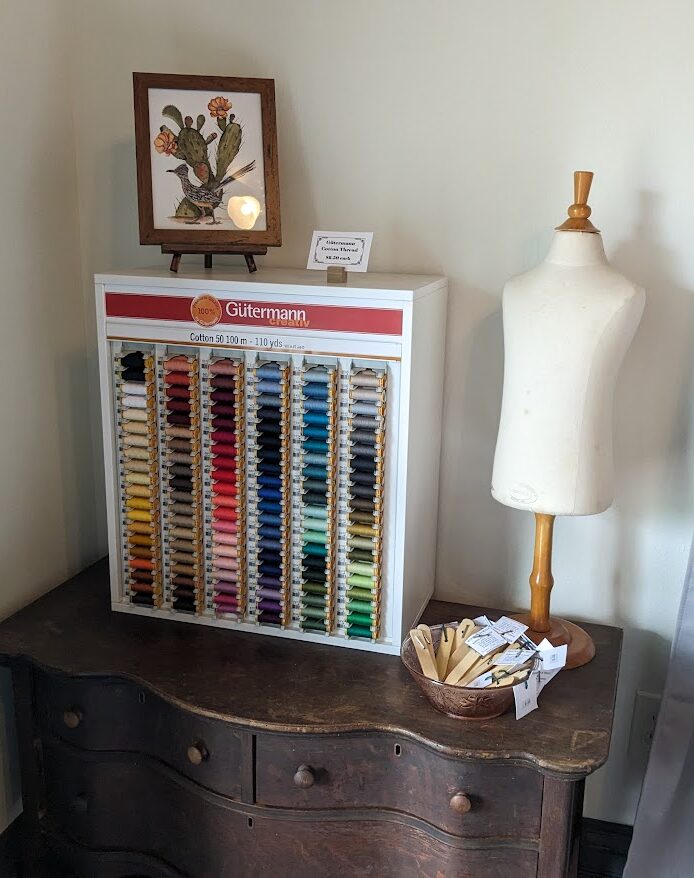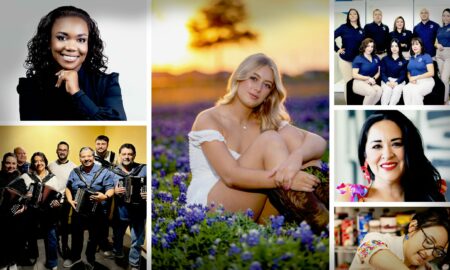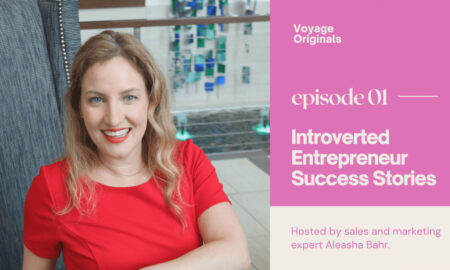

Today we’d like to introduce you to Michael Weil
Hi Michael, so excited to have you on the platform. So before we get into questions about your work-life, maybe you can bring our readers up to speed on your story and how you got to where you are today?
I’ve been sewing apparel since high school – I wanted to go to a Renaissance Fair with friends but couldn’t afford an outfit. So my mother gave me a sewing pattern and told me to follow the instructions. Since that time, I’ve been teaching myself more and more about apparel construction and historical fashion.
I was a high school Latin teacher for nine years, during which time I also taught the students to sew as an extracurricular activity so that we could make costumes for the theatre program. I set up my classroom as a sewing studio and the students responded enthusiastically. That’s how I realized I cared about teaching apparel construction – the students responded to it as more gratifying than the more theoretical subjects they’re generally taught.
I quit teaching during Covid and moved with my husband to New York City while he was in graduate school there. When I left teaching, I’d already had the idea for a business. I wanted to recreate the feel of a communal workspace and provide quality materials for sewing, which are scarce in San Antonio (with the exception of quilt fabrics). Since I had this business in mind, I got a job in the Garment District of Manhattan to see if this kind of retail work suited me.
I started as a sales representative in the trimming and notions department of a fabric store and was promoted after a few months to Notions Buyer and head of the trim department. I returned to San Antonio (which was always intended after my husband finished his program) and started working on the business plan.
I opened the doors of the business at the beginning of May 2024 in its current location – on the property where I also live, which was zoned for commercial infill before we bought it in 2013. The business is located in a small house I refurbished during Covid to be a rental. Three rooms contain the shop merchandise – fabric by the yard, sewing tools, patterns, et cetera – and one room has a small studio set up for teaching classes and producing some garments and bags on commission.
We all face challenges, but looking back would you describe it as a relatively smooth road?
Oh, not at all. And it’s still not. The house in which the store is located was a windfall because of our commercial zoning. But it’s located off an alley with limited parking, so it’s been hard for customers to find it and very few people come across it accidentally,
Ads have been somewhat limited by budget, so it’s been rather difficult to spread the word that the shop exists.
I’ve had limited funding to provide merchandise, so my selection started off somewhat limited. Sewing classes have had to subsidize the growth of the shop, which is not yet where I’d like it to be.
It’s difficult in this industry to find suppliers of good apparel fabric who will sell at low enough quantities to make sense for a fabric shop. Quilt fabric vendors are far more accustomed to selling 10- or 15-yard bolts, but apparel fabric sellers generally ship large quantities to brands producing runs of garments, so their minimums can be much higher.
There’s a big assumption that nobody sews their own clothes anymore. While this isn’t true, it is a bit difficult to compete with big box fabric stores and also online clothing brands that sell clothes at ridiculously low prices (often due to unscrupulous, if well-known, business practices).
Appreciate you sharing that. What should we know about Blue Armadillo Sewing Company?
Blue Armadillo Sewing Company is a 3-part business.
First, we sell apparel fabric – that is, fabric intended for making garments rather than for quilts or upholstery. Our fabrics are made from natural fibers – cotton, linen, wool – because we believe that prevents more microplastics from entering our environment. Polyester fibers, which are now incredibly prevalent (especially in lower-cost garments), are basically plastics. Fibers from these polyester garments enter the water supply every time you wash your clothes. Additionally, they can be less comfortable to wear because they don’t breathe as well as natural fibers do. When they’re discarded, they don’t break down in the way that natural fibers do, either.
Secondly, we teach sewing and apparel design classes. Many times we have customers who wish they were able to construct a garment, but as this skill isn’t widely taught or understood, they’re afraid they’ll be overwhelmed by the process. We believe that basic sewing and garment-repair skills should be essential to a sustainable society. Moreover, it’s a fundamental tenet that those who wish to sew apparel as a hobby or as a practicality for themselves should not have to enroll in a degree program in order to improve the quality of their craft. (This is frequently the case as “upper level” skills tend to be provided only by programs directed at those wishing to enter the fashion industry.)
Thirdly, we offer studio space. Though our building footprint is limited, we are dedicated to curating sewing tools that allow customers to try their skills without committing to purchasing their own. Too often we hear that someone wanted to try sewing, bought a machine, and was confused and frustrated when they couldn’t get the machine to work. The machine often ends up in the garage or attic or closet, never to see the light of day again. With guidance, we feel that many more people would stick with sewing as a hobby. So we encourage them to try sewing on our machines before they buy machines of their own.
The sewing studio is currently offered to students but by 2025 will be open for memberships. It will operate on the same principle as a makers’ space, but focus entirely on textile and fiber work. It will also provide a library of sewing patterns and books on sewing, which are difficult to find even at local libraries.
We believe that with these three parts, we can create in San Antonio a community of sewists who can keep this valuable skill alive.
How do you define success?
Aside from fiscal solvency (always important to a business in the practical sense), I believe success is the growth of the community of sewists in San Antonio. Many people believe there’s little point in understanding this skill. Historically it has been relegated to (or foisted upon) women in a domestic context. Now, when big companies produce low-cost and low-quality garments, most people can afford an excess of clothing and don’t see the need to repair anything. But this practice is destroying our environment and is founded on unfair business practice. Everyone should know how to sew on a button – this increases the lifespan of a garment and keeps it out of a landfill (in addition to being a rather simple act to accomplish).
Moreover, more people should learn to sew because as they do, they more easily see the work and value that goes into accomplishing a garment. Aside from the obvious creative fulfillment and practice with motor skills and spatial reasoning, people derive more meaning from clothing when they know what it took to make it because they themselves have tried to do it.
For these reasons, we want more people to try this skill out for themselves and join a growing creative community.
Contact Info:
- Website: https://bluearmadillosewingco.com
- Instagram: https://www.instagram.com/bluearmadillosewingco/
- Facebook: https://www.facebook.com/profile.php?id=61553655776121
